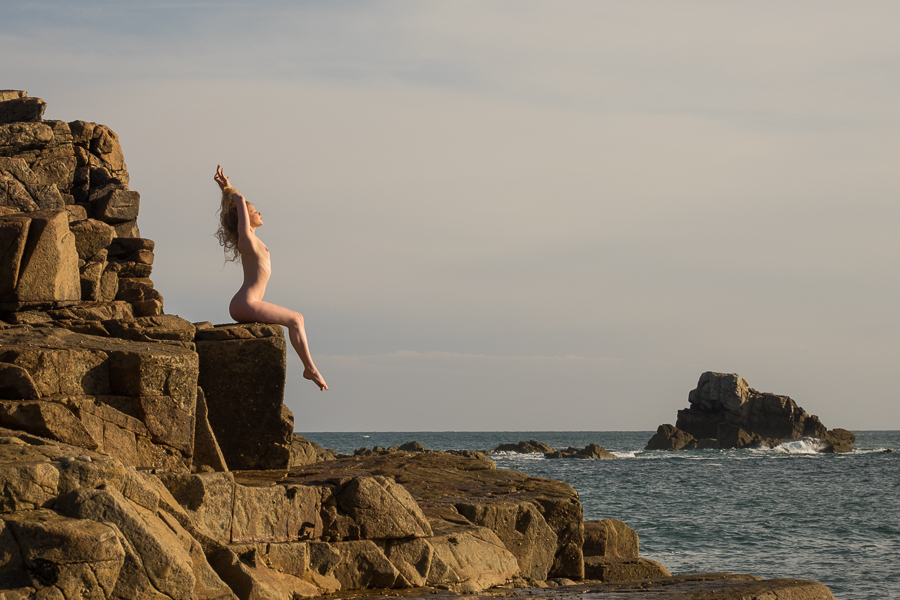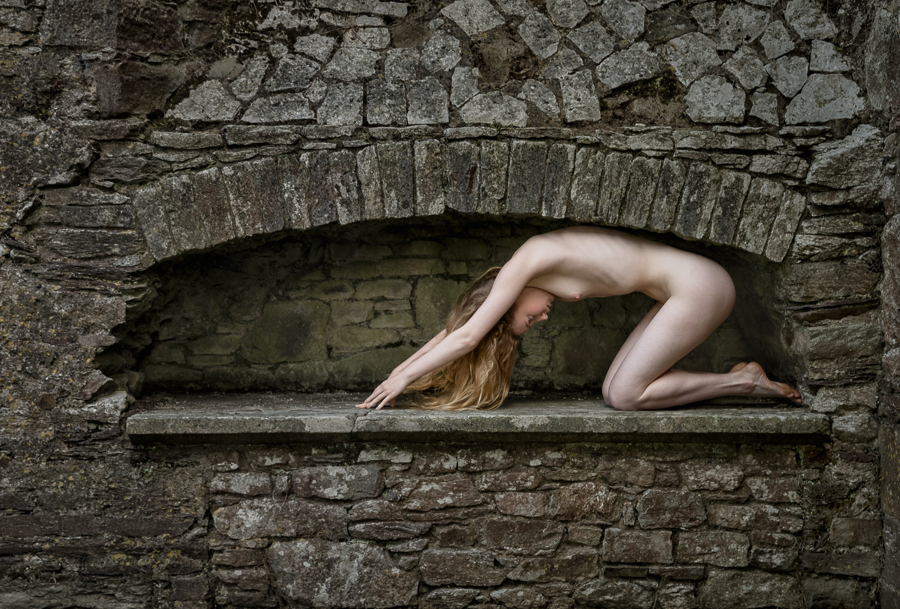I am very pleased to say that I was successful in my application for a Fellowship of the Irish Photographic Federation (FIPF) on Saturday 26th November.
I have found that working towards distinctions has been a great way of improving my photography, and as I have great admiration for Irish photography and Irish photographers the FIPF seemed an obvious distinction to work towards.
The key requirements for an FIPF are “20 prints that demonstrate distinguished ability and/or style in a specialist area of photography. The panel of 20 prints must sit together as a balanced cohesive set of images”.
My problem has always been that while I can produce strong individual images, which have been good for winning awards, they are often not as good for fitting together in a cohesive panel. Over the past few years I have shown prospective panels to a number of photographers whose judgement I trust. One of the common comments was that if I had more than 3-4 images of the same model it could be classed as repetition and cause the panel to fail, this was quite an issue given that I tend to work with a small group of models.
My solution to this was to have all 20 images of the same model, who then became the cohesive theme for the panel, and repetition was avoided by showcasing her wide variety of poses in a multitude of different environments.
It’s probably not too difficult to guess that the model I chose for the images was the very special Lulu Lockhart. We work together so well, and she’s such a great model, that it was not too difficult to find 20 images that I felt fitted the brief.
All panels have to have a statement of intent, my statement is as follows:
“This panel is the result of a collaboration between one model and one photographer. We set out to integrate and juxtapose her with both man-made and natural environments, to portray her versatility in posing, and to use all natural light in order to reveal her beauty, shape and form.”
Here is the hanging plan for the panel, click it to see larger:
And here’s the individual images:
I had advice from a number of people on my panel, ranging from their thoughts on my image selection, balance of the panel, and even things such as paper choice, I extend my thanks to all of them, you know who you are. I’d especially like to thank Jay Haines who helped me put together the idea and the initial draft of the panel when I visited her, Dinah Jayes who helped me refine the image selection when I had made full-size prints, Des Clinton and Ross McKelvey from the IPF who gave me some great advice, Chris Palmer who gave his views on a near finished panel, and John Hartshorne who cast his experienced eye over the final prints.
Last, but most definitely not least, I have to thank the very special Lulu Lockhart. She makes the shoots so enjoyable, as well as productive, she works tremendously hard, endures discomfort when she thinks the image is worth it, and these images are as much her creation as mine. Indeed many of our images are the idea of one of us then refined by the other. In her comments on the panel one of the adjudicators, Judy Boyle, said “Never mind the photographer, I think the model deserves a Fellowship”, I couldn’t agree more. We have worked together so much she is now a good friend, and we have many more adventures planned in the future.
























6 Comments
I am delighted for you Tim. Also very gracious of you to ensure we give full acknowledgement to our lovely models, without whom we could not produce the results. Well done to a great team – Lulu and Tim.
Thank you Jay, and for your help and advice. I always acknowledge all of my models, as my images are always teamwork, and I do think the Lulu and I make a great team :)
Again many congatulation on your success with the panel Tim.
Good work from both of you.
Thanks Richard, it was definitely a joint effort :)
Beautifully composed , Mr Pile
I noticed the key features of your photos you used to arrange them in the panel.
Ocean, walls, pipes, body direction, rocks etc. Nice work.
Thank you, as always, Mr Pope. They are indeed arranged so as to match images that are opposite to each other on the row, the balance of the panel is very important to make it cohesive.